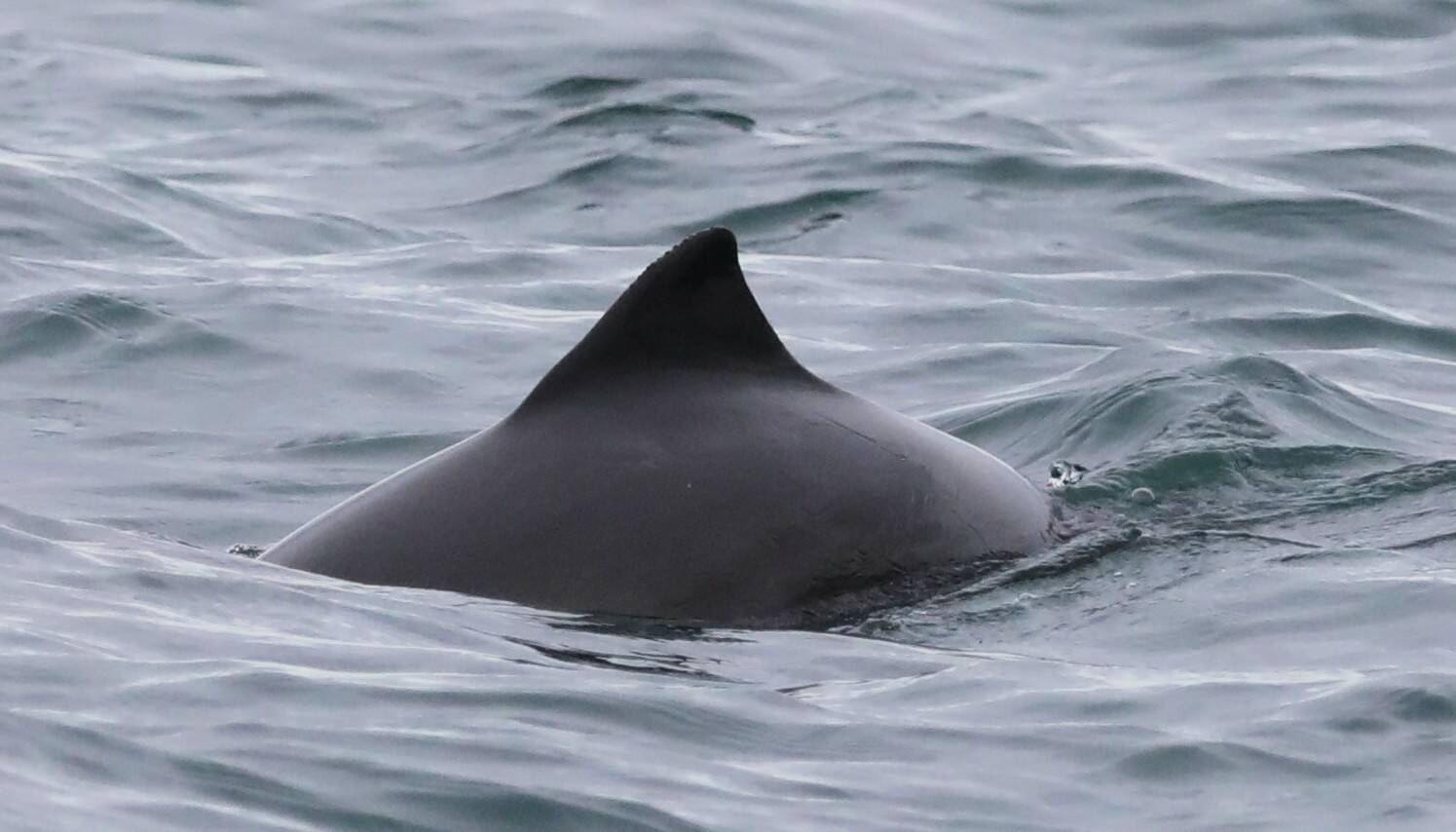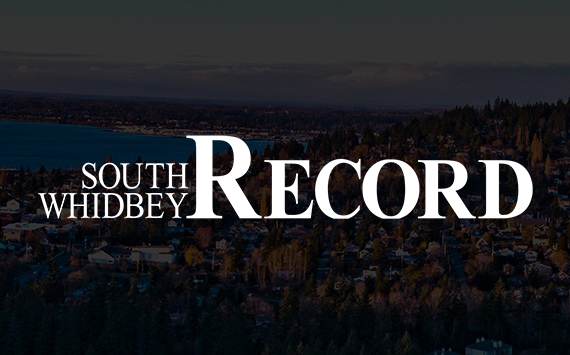Not as splashy as orcas but certainly more plentiful, researchers have identified a resident population of harbor porpoises frequenting the waters of the Salish Sea.
“You are more likely to see a harbor porpoise than you are any other cetacean in the Salish Sea, because there’s so many of them compared to the larger whales,” Cindy Elliser, director and founder of the Pacific Mammal Research Group, said.
Over 11,000 of the diminutive porpoises inhabit the inland waters of Washington. Apart from the vaquita, the harbor porpoise is the second smallest cetacean in the world, usually measuring somewhere between five and five and a half feet long and weighing around 150 pounds.
“They’re just little boogers, really,” Elliser said with a laugh.
Over the past decade, her Anacortes-based nonprofit organization conducted a study of harbor porpoises in Burrows Pass, located near Fidalgo Island’s Washington Park. Researchers, who viewed the marine animals from the shore, found that the same ones kept returning, likely to feed. Harbor porpoises have a high metabolism and can starve in as little as three days, so a consistent food source is vital. According to the study, mating attempts with aerial behaviors were observed 84 times and seen year-round in every month and every season.
Closer to Whidbey, Elliser said, there have been hundreds of them at a time recorded at Lawson Reef, west of Deception Pass. The area is a known hotspot for harbor porpoises to gather for feeding, socializing and mating activities. Elliser said she also commonly receives reports from the ferry route between Coupeville and Port Townsend. Others have been sighted off Fort Casey or between Whidbey and Camano islands.
But even with this data, there is still a significant amount of unknowns when it comes to harbor porpoises and where they spend their time. There have rarely been any recorded sightings near South Whidbey, for example, even though Elliser is certain they could also be in this area.
“We definitely could use some more eyes all along Whidbey,” she said.
Community science can help better identify the porpoises and their swimming patterns. Elliser encourages porpoise watchers to download the free app, EpiCollect5, and search for “PacMam Harbor Porpoise” under projects. From there, people can report sightings and share photos of the small cetaceans. Visit pacmam.org/sighting-app for more information.
Observers can also become even more involved by signing up for a community scientist program, pacmam.org/community-science.
“Most people ignore porpoises,” Elliser said. “That’s why we’re here.”
In fact, it’s why she moved from Florida to Washington with her family in the first place. She’s passionate about the often overlooked species and has even developed a naming scheme for them which, much like the one for the southern residents and Bigg’s killer whales, uses their unique markings to identify them.
While not a big fan of motorized watercraft, they might come closer if someone is idling or in a kayak or on a paddleboard. They can also be seen just as easily from the shore.
“They come close to the coastline pretty much more than any other cetacean,” Elliser said.
She advises cetacean watchers to look for bird activity above, which might indicate feeding activity in the water below, and to listen for loud breathing – harbor porpoises are short and squat, and their nickname is “puffing pigs,” she said. They can be gray to grayish brown in color, and sometimes you can see them glinting from the water reflecting off their backs as they surface.
“You’re probably seeing them, you just don’t recognize them as a harbor porpoise,” she said.
People can also consult the Whale Trail, thewhaletrail.org/regions/washington. On the map, Whidbey places to search for any marine mammals includes Langley, Bush Point, Fort Casey, Coupeville and West Beach.



